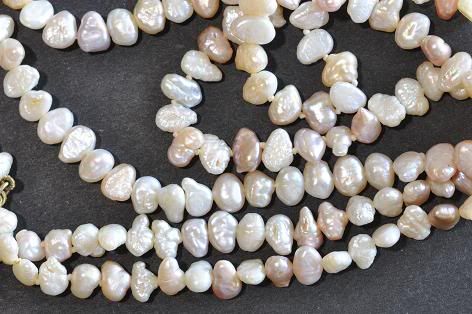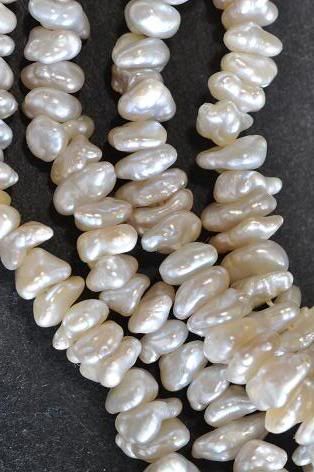C
Casey.R
Guest
Which pearls were affected by the blue blight and when?
I know Lake Biwa produced freshwater pearls that for some reason everyone talks about and that the lake became polluted and it's no longer used for pearl farming. But I've never actually seen any. Not even in photos. what were the characteristics of them?
I know Lake Biwa produced freshwater pearls that for some reason everyone talks about and that the lake became polluted and it's no longer used for pearl farming. But I've never actually seen any. Not even in photos. what were the characteristics of them?


